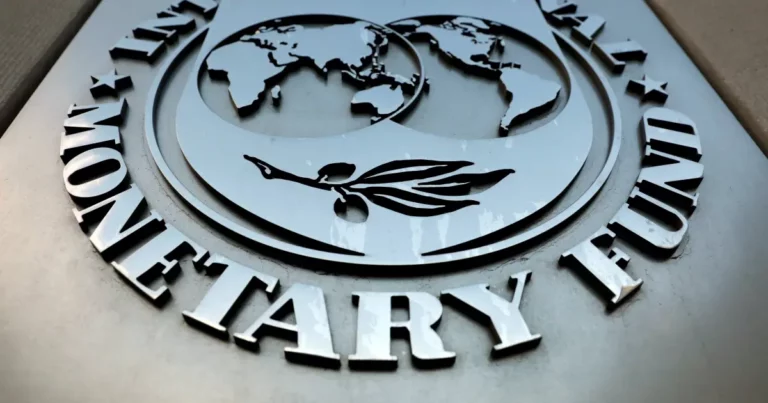Can Pakistan Overcome Economic Challenges with More Financing and Durably Market-Based Exchange Rates?
Pakistan is facing a challenging situation in the wake of stagflation and acute balance-of-payments crises. The country needs significant additional financing to complete the long-stalled ninth review of the International Monetary Fund’s (IMF) bailout package.
On Thursday, during a scheduled press conference, the IMF stated that the commitments of “significant additional financing” are essential before the IMF approves the release of pending bailout funds.
The Delayed $1.1 Billion IMF Package
Pakistan’s Finance Minister, Ishaq Dar, declared that Pakistan would not default, with or without the IMF. However, obtaining commitments of significant additional financing is necessary before the IMF approves the release of pending bailout funds.
The staff-level accord to release a $1.1 billion tranche out of a $6.5 billion IMF package has been delayed since November, with almost 100 days gone since the last staff level mission to Pakistan. This is the longest gap since at least 2008.
According to Julie Kozack, an IMF spokeswoman, financing already committed by Pakistan’s external partners was welcomed.
The United Arab Emirates, Saudi Arabia, and China pledged to cover some of the funding deficit in March and April, providing a much-needed relief to Pakistan’s struggling economy. However, more support is required from international partners for Pakistan to sustain its growth trajectory.
Pakistan’s Economic Challenges
Pakistan’s economy is facing stagflation, with severe floods and multiple other shocks exacerbating the situation. The country has committed not to implement a cross-subsidy program, which an IMF spokesperson confirmed to Bloomberg News.
The government has also decided not to introduce new tax exemptions and will durably allow a market-based exchange rate for the rupee currency. Prime Minister Shehbaz Sharif proposed a cross-subsidy program in March, which was seen as one of the reasons for the delay in implementing the IMF bailout.
On Thursday, the rupee fell 2.91% against the US dollar, closing at a new low of 298.93 rupees. “The debt-to-risk cost is very high. It’s very difficult to see how the country manages to service its debt over the next few years,” said Diliana Deltcheva, Head of Emerging Market Debt at Candriam. Risk premiums are more likely to rise than fall.
Pakistan’s central bank reserves fell $74 million on Thursday, which means it only has barely a month’s worth of imports. Kozack stated that the large South Asian economy is facing a challenging situation, and the IMF’s team is very heavily engaged with the Pakistani authorities.
Pakistan’s economic crisis is a cause of concern for the country’s leaders and its external partners. The delay in obtaining the $1.1 billion tranche out of a $6.5 billion IMF package has raised concerns about Pakistan’s ability to tackle the acute balance of payments crisis.
While international partners like the United Arab Emirates, Saudi Arabia, and China have pledged to cover some of the funding deficits, the country needs significantly more financing to maintain its growth trajectory.
The government has committed not to implement a cross-subsidy program and to durably allow a market-based exchange rate for the rupee currency. The IMF is heavily engaged with the Pakistani authorities to resolve the challenging situation the country is facing.







